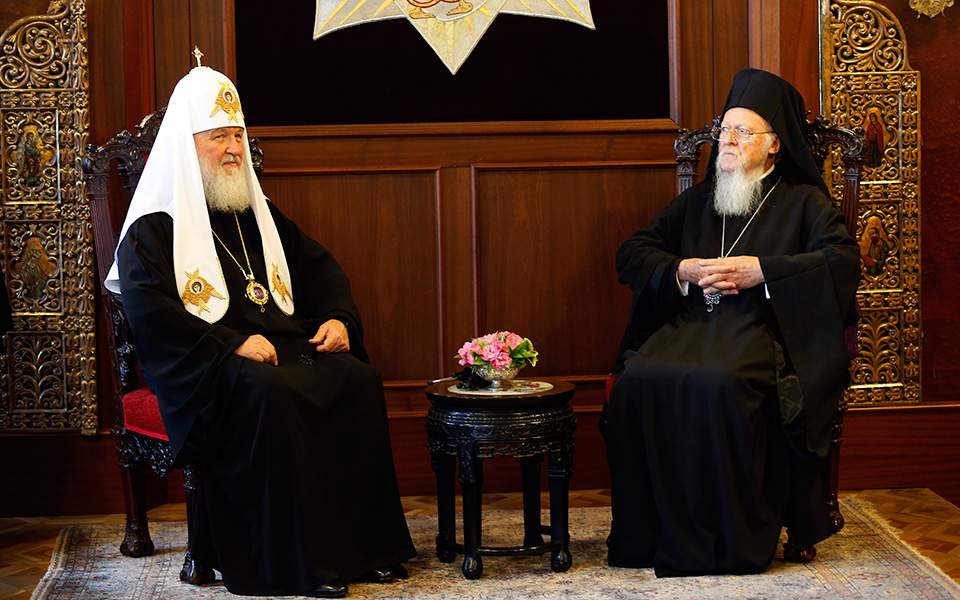Countering hybrid threats: We can’t just buy a solution

Each time we face a new security challenge, a defense or security contractor is waiting in the wings to sell us a solution. In the case of hybrid threats, there is no one-size-fits-all solution nor new system we can just buy to mitigate them. Instead, everything we’ve learned since Russia’s aggression against Ukraine in 2014 tells us that we must adapt our legal frameworks and working culture and improve the connective tissue between ministries and organizations to enable our own governments and organizations to better protect our societies.
Within much of the West, the national security culture’s dependence on buying solutions from contractors has hindered their ability to make more progress on addressing hybrid threats. And some nations such as Finland and the UK are farther ahead on this issue because they have taken a process approach to this challenge. So where to begin?
First, by understanding that hybrid is a “home game.” Countering hybrid threats requires a cultural shift from the expeditionary-only (away game) mind-set in which ministries of foreign affairs and ministries of defense have primacy to one where ministries of the interior and public protection often take on a leading role. After all, hybrid is a “home game” for the nation(s) being impacted.
That having been said, the interstate nature of addressing hybrid threats, especially in the multilateral context, means that foreign ministries continue to play a key role, albeit in a much broader whole-of government effort.
Secondly, by ensuring our legal frameworks enable government entities to counter hybrid threats which can often take place in the gray zones between the authorities of different ministries. Several NATO allies and partners have conducted extensive internal reviews and tabletop exercises to identify gaps and vulnerabilities in their legal frameworks. Subsequently, their parliaments have worked to close any identified legal gaps and cleared up any potential confusion on roles and authorities.
Thirdly, by deepening our level of cooperation internally and internationally to build the trust and connective tissue necessary to enable us to nationally and collectively counter hybrid threats. The two greatest challenges in addressing hybrid threats thus far have been attribution and crisis decision-making to determine appropriate and measured responses.
In both cases, these require a high level of trust and familiarity between officials, ministries and institutions.
Internally, the solution to providing a credible deterrence to hybrid threats is simple: building and maintaining resilient, credible and capable governance which raises the price of hybrid aggression and reduces their chances of success. To do so requires cooperation and collaboration from all entities to achieve success.
Depending on the level of willingness of different actors to work together, there are three levels of national and multilateral cooperation and collaboration that enable governments and societies to better address hybrid threats.
First, a “whole-of-government” approach, in which all agencies and ministries from national to local level cooperate, set broad common goals, and share information. Next, a “whole-of-society” approach, which is similar to a whole-of-government approach but also includes engagement with the private sector, academia and civil society.
And lastly, a “comprehensive approach” in which like-minded groups or states working together with international organizations and entities such as NATO, the European Union, the Organization for Security and Cooperation in Europe, the United Nations, the World Bank, the International Committee of the Red Cross, the private sector and civil society. Each collaborate and coordinate to face challenges together – all while respecting each other’s roles and decision-making autonomy.
In each of these cases, working together in staff-staff discussions, tabletop exercises (TTX) and high-level scenario-based discussions on hybrid threats are vital to building trust and interoperability between ministries, nations, civil society, international organizations and the private sector.
By focusing on our cooperative working processes, we gain a perspective which more closely aligns with each nation’s own legal authorities and frameworks. Given the nature of these threats, the first to detect and respond are most likely to be civilian government or private entities. In turn, this may require varying degrees of military capabilities to provide support. This cooperation is vital because no government is in a position to pay for the same capabilities twice.
In the event of a possibly escalating situation, close civil-military cooperation and interoperability is necessary to ensure an appropriate response, accompanied with all necessary and available instruments of national and international influence.
For this reason, comprehensive and whole-of-society approaches are vital to building trust and interoperability, so any gaps and vulnerabilities in our legal and procedural frameworks can be identified and closed. This can be best achieved through guided scenario-based comprehensive approach discussions and TTX among various stakeholders.
Through strengthening public and private governance, and seeking deeper and broader cooperation among institutions, nations, civil society and the private sector, we can turn globalization and our greater interconnectedness from a vulnerability into an advantage.
Lieutenant Colonel Chris Kremidas Courtney retired from the US Army in April 2010 and is a senior consultant for Strategy International.





